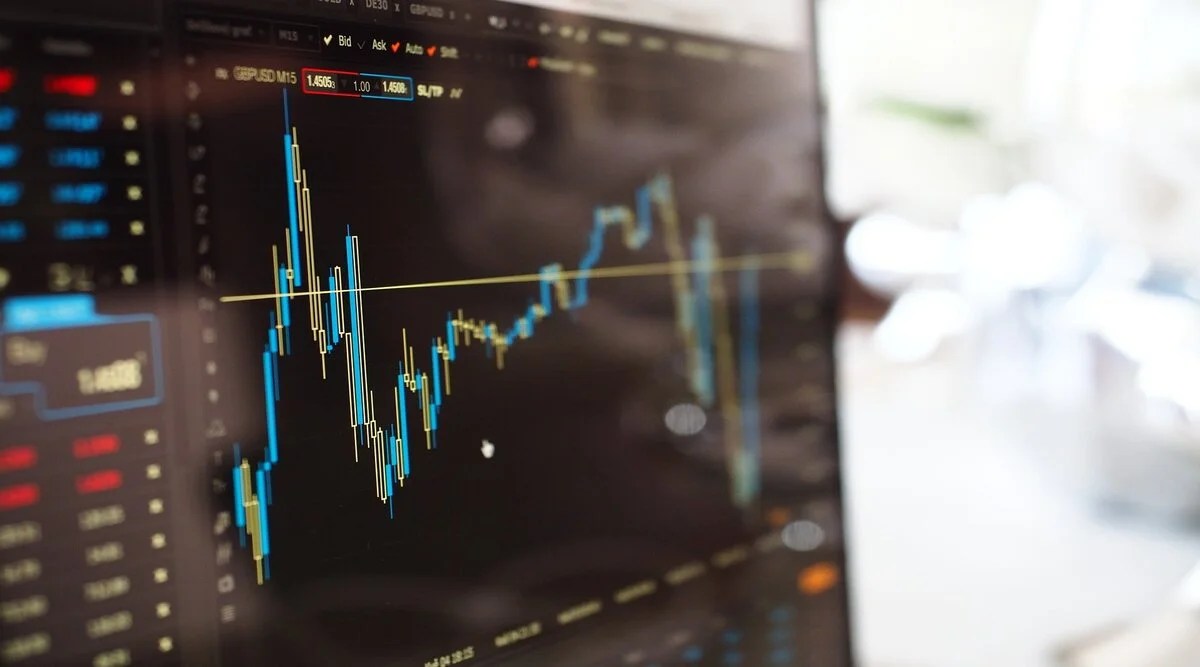Indian benchmark indices are likely to snap their current losing streak to open in the green, hinted SGX Nifty. On the Singapore Exchange, Nifty futures were trading higher, up 95 points, at the 17,206 level. Domestic indices extended losses for the fourth session in a row. Nifty sank 111 points to close at 17,043, after sinking under the 17,000 mark intraday. Sensex followed suit, tanking more than 300 points to end at 57,900.
“The selling continued while the degree of ambiguity over the US Banks reduced due to supportive measures announced by the US Fed. The underlying issue of the market is high interest rates, which will continue to wreak havoc in the world economy. Yields will take time to moderate to the long-term trend given hawkish monetary policy & high inflation. However, the disruptive development in the US Banks and slowing economy have created a precursor to presume that yields will peak in the near future, supported by a change in monetary policy from hawkish to neutral, which will diminish the worries of long-term investors,” said Vinod Nair, Head of Research, Geojit Financial Services.
Asian Markets
Stocks in Asia-Pacific traded in green on Wednesday, following positive cues from Wall Street. Japan’s Nikkei 225 traded higher by 0.30%, and South Korea’s Kospi soared 1.84% in its first hour of trade. China’s Shanghai Composite and Shenzhen Component traded higher by 0.60% and 0.77%, respectively. Hong Kong’s Hang Seng index added 2.39%.
Crude Oil
Oil prices were down on lingering concerns that a fresh financial crisis could reduce future oil demand. Brent futures, the global benchmark, fell 4.1% to settle at $77.45 a barrel, while U.S. crude settled down 4.6% at $71.33. They were the lowest closes for both benchmarks since 9 December and their biggest one-day percentage declines since early January. In addition, both contracts fell into technically oversold territory for the first time in weeks.
FII/DII Data
Foreign institutional investors (FII) net sold shares worth Rs 3,087 crore, while domestic institutional investors (DII) net acquired equities worth Rs 2,122 crore on 14 March, according to the provisional data available on the NSE.
F&O Ban
The National Stock Exchange has GNFC and Indiabulls Housing Finance on its F&O ban list for 15 March. According to the NSE, stocks are prohibited in the F&O sector when they have exceeded 95% of the market-wide position limit (MWPL). During the F&O ban period, no new positions are permitted for F&O contracts in that stock.
Technical View
“A reasonable negative candle was formed on the daily chart with minor upper and lower shadow. Technically, this pattern indicates weakness with high volatility in the market. Normally, excessive volatility at the lows more often results in important bottom formation at the lows post confirmation. Positive divergence has started to form in daily Nifty and RSI, but there is no confirmation from the price. The larger degree negative chart pattern like lower tops and bottoms continued on the daily chart and present market action could be in line with the new lower bottom formation. But, there is no confirmation of any bottom reversal yet at the lows.
The short term trend of Nifty continues to be weak. Having moved into the oversold region, there is a possibility of upside bounce from near 17,000-16,800 levels in the short term. Immediate resistance is at 17,250 levels,” said Nagaraj Shetti, Technical Research Analyst, HDFC Securities.
Levels to watch
“Volume profile indicates Index has a strong support around 16,700-16,800 zone. Coming to the OI Data, on the call side, the highest OI observed at 17,200 followed by 17,400 strike prices while on the put side, the highest OI is at 17,000 strike price. On the other hand, Bank nifty has support at 38,800-39,000 while resistance is placed at 39,900-40,100 range,” said Om Mehra, Equity Research Analyst, Choice Broking.
US CPI data
US CPI data for February fell to 6% in February 2023 after falling for eight consecutive months, which was the lowest level since September 2021. The number, which compares to 6.4% in January, was in line with market expectations. The print shows the annual inflation has remained sticky during the month.
